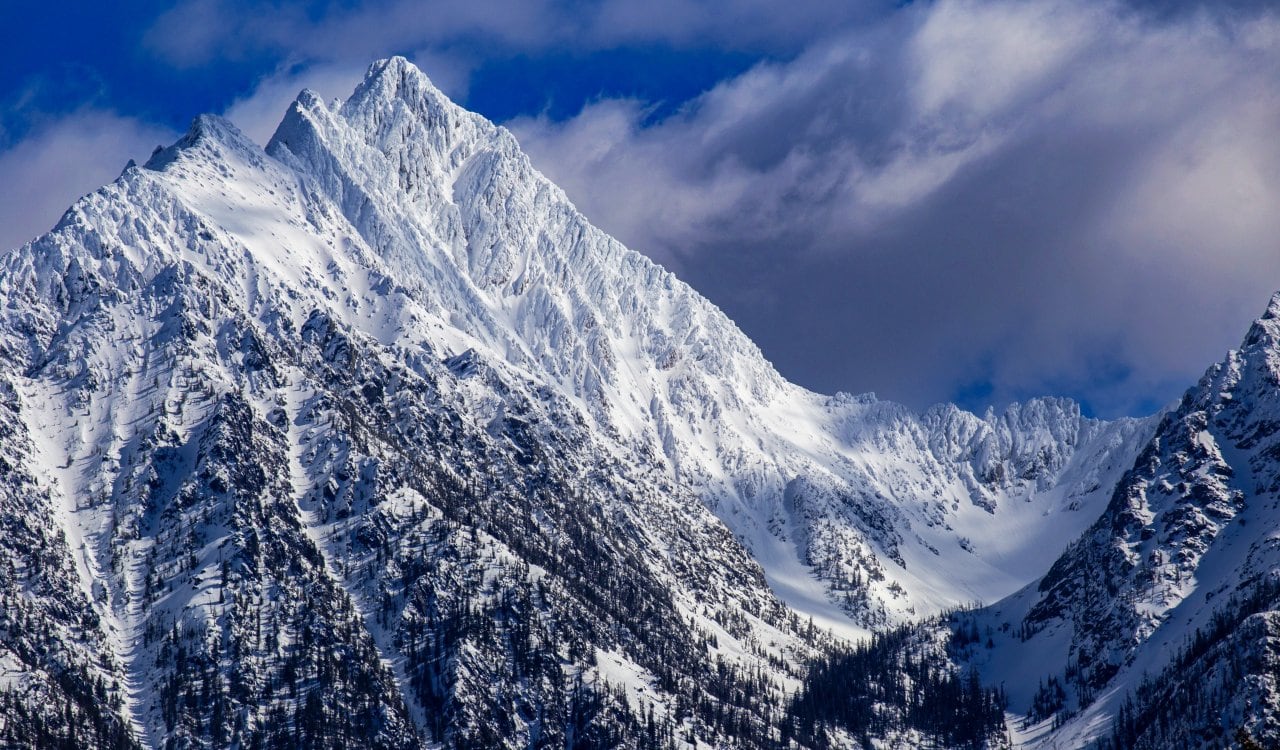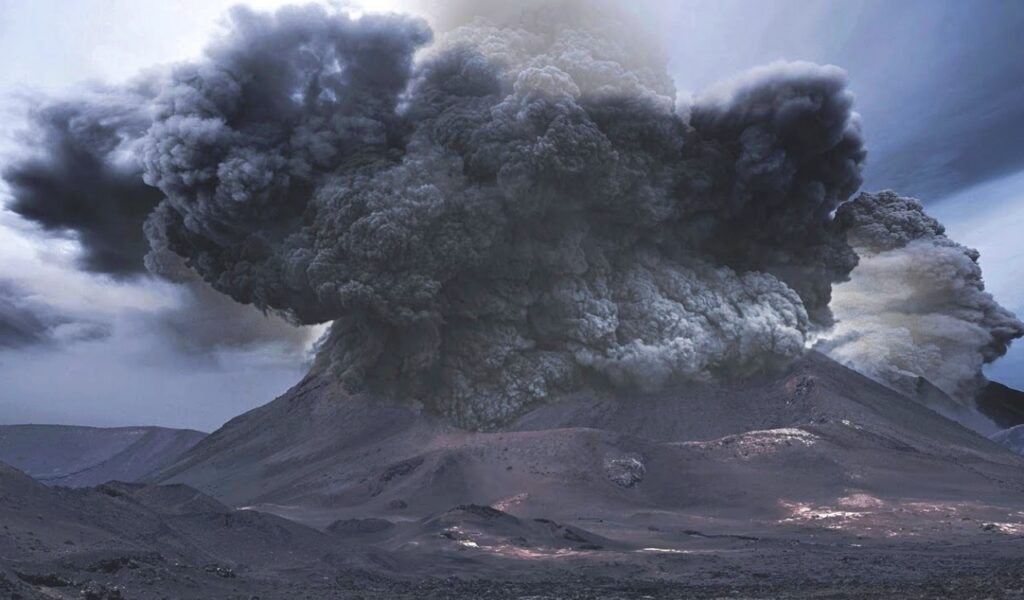While our Earth has formed from many different things, volcanic eruptions have been a huge part of that. The most infamous volcano eruptions either did something to impact the planet or region they were part of in some way. This could be that they helped to form something we see today or that they ended many human lives as well as plants and animals. Some places have been impacted by the local volcano so much that entire craters were formed from eruptions. Others made the Earth move so much that they helped to lead to some of the continents we see today.
It is clear that major volcano eruptions led to rises in heat and even led to the lowering of temperatures too. In fact, many believe if there is going to be an extinction event in our lifetime, it’ll likely be due to nuclear weapons or a major volcanic eruption. With that said, we wanted to discuss some of the biggest in history. Before we do that, there are two big things we will be using. First, we’ll be using the Volcanic Explosivity Index (VEI), which rates volcanos from the low 0 to the highest level of 8. Second, we’ll also be using the BCE and CE history system rather than the B.C. and AD system. All that said, let’s get started!
Mount Fisher

Estimated Date: 8700 BCE
Location: Alaska, United States
VEI Rating: 7 to 8
The Mount Fisher volcano formed a very long time ago on Unimak Island in the Aleutian Islands of Alaska. This volcano formed from a destructive eruption of an andesitic stratovolcano (volcano with many layers) a little over 9,000 years ago. When this took place, the Fisher Caldera formed out of it. What exactly is a caldera formation? Calderas occur when a large depression is formed from a volcanic eruption or collapse. When this happens, magma within the magma chamber under the volcano will be expelled with tremendous force. As this magma chamber empties, any support magma within will also disappear.

That led to the formation of three crater lakes, two of which are 1.5 miles wide while the other is 2 miles. The caldera overall measures roughly 6.8 miles by 11 miles. In this caldera, one will see small peaks of 2,000 feet to slightly more as well. The biggest claim to fame for the Fisher Caldera truly is a volcanic eruption that took place around 11,700 years ago. It has been measured out to be the largest volcanic eruption on Earth during the Holocene Epoch. Just so you’re aware, we’re currently living in the Holocene period. Therefore, the fact that this is the largest of all volcano eruptions in this era is eye-opening!
